Discovering the Pharaoh’s Final Resting Place
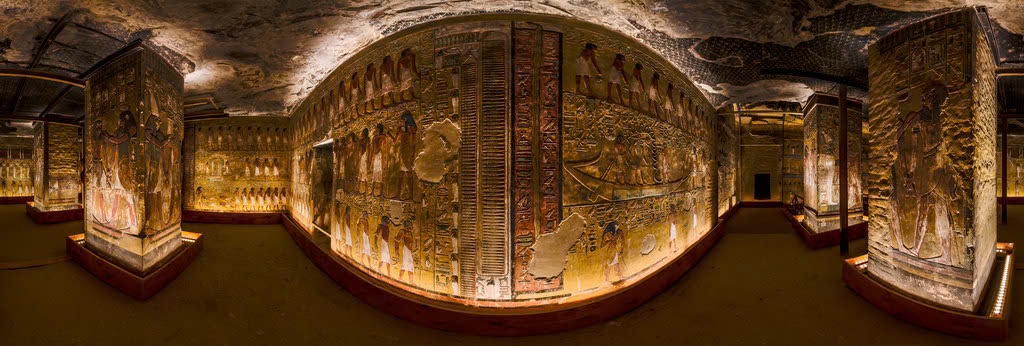
In the heart of the Valley of the Kings lies a testament to ancient Egyptian craftsmanship and spiritual beliefs – the tomb of Pharaoh Seti I. Discovered by Giovanni Battista Belzoni, this magnificent burial chamber, also known as KV17, stands out as one of the most impressive and well-preserved tombs in the necropolis.
A Journey Through Time and Space
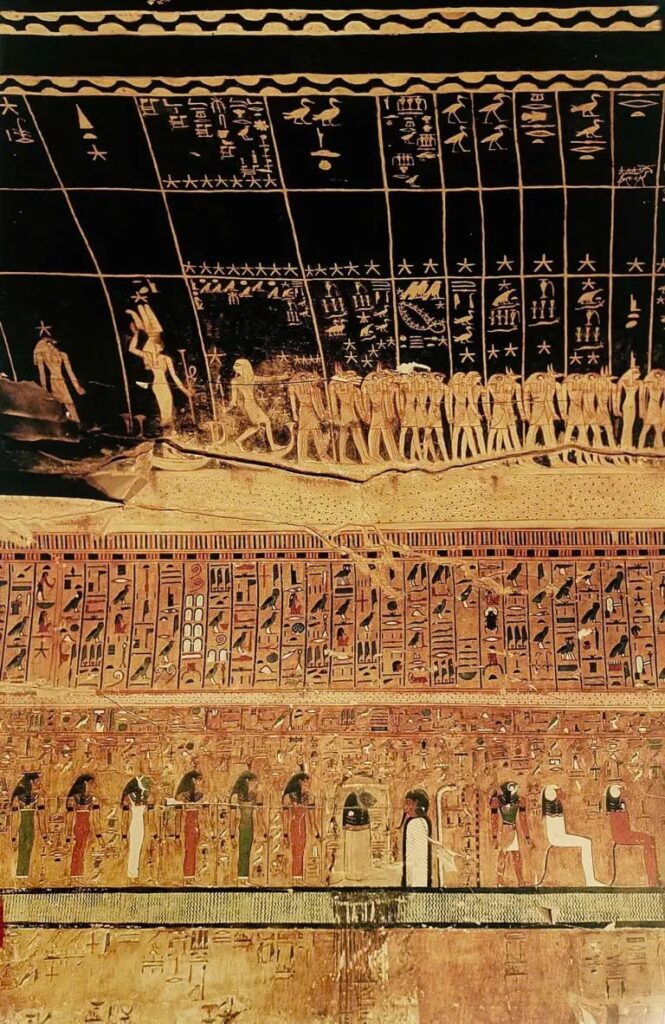
As visitors descend into the depths of Seti I’s tomb, they are transported to a world where art and astronomy intertwine. The vaulted ceiling of the lower burial chamber serves as a canvas for the night sky, adorned with constellations such as Ursa Major, reimagined as a bull in ancient Egyptian cosmology.
Unparalleled Artistry and Spiritual Significance
Exquisite Decorations and Funerary Texts

The tomb of Seti I holds the distinction of being the first in the Valley of the Kings to be entirely decorated. Its walls come alive with elegant painted scenes and reliefs, showcasing the artistic mastery of Seti I’s reign. These decorations are not merely aesthetic; they serve a profound purpose, guiding the pharaoh through his journey to the afterlife.
A Treasure Trove of Ancient Wisdom
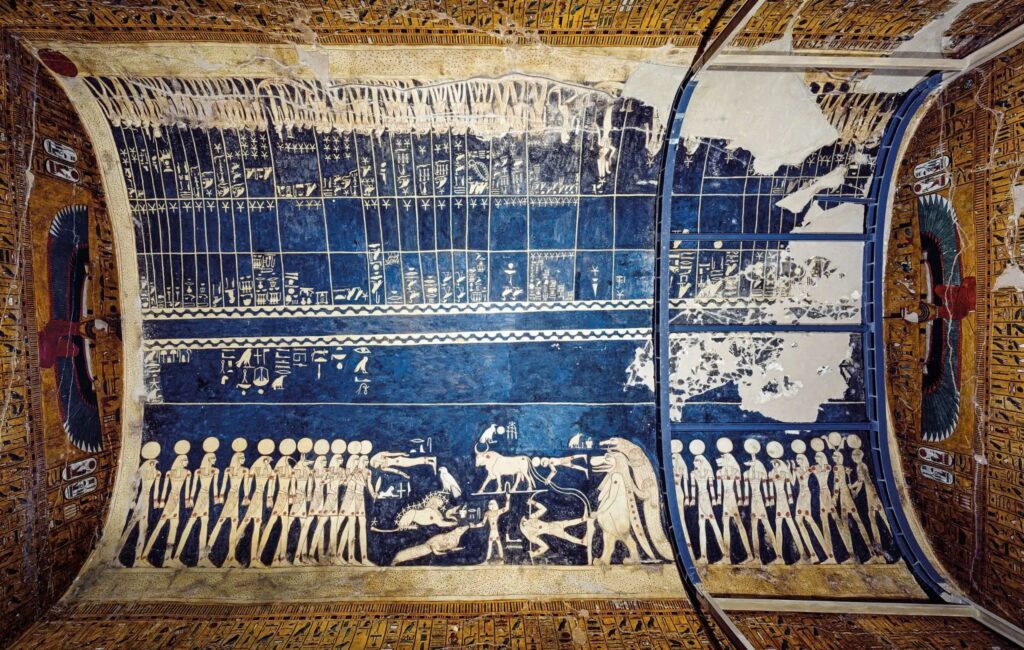
Within the tomb’s chambers, one finds a collection of important funerary texts, including the Litany of Re, Amduat, and Book of Gates. The presence of the Book of the Divine Cow and the mesmerizing astronomical scenes on the burial chamber’s ceiling further emphasize the tomb’s spiritual significance.
Architectural Innovations and Hidden Secrets
The “Joggled Axis” Design
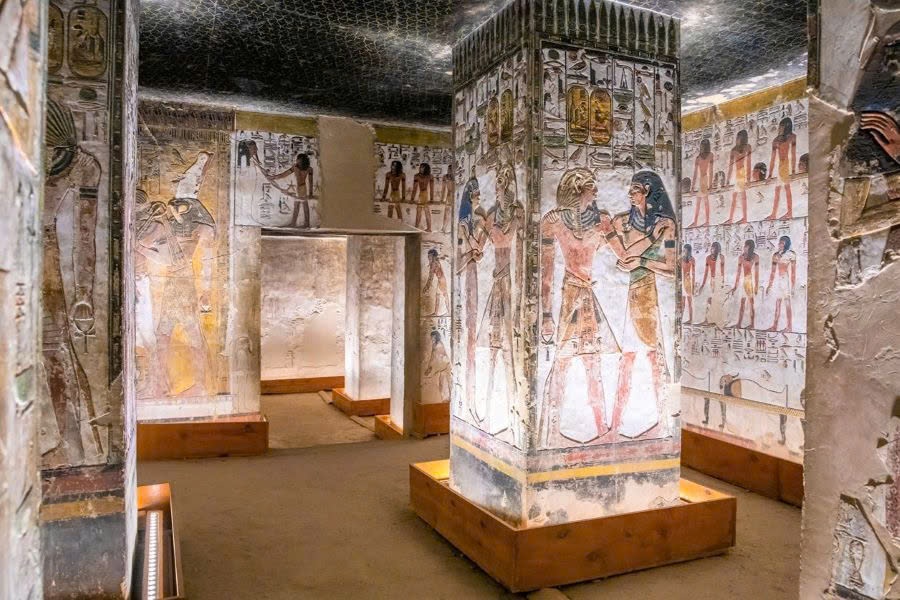
Seti I’s tomb follows the “joggled axis” layout typical of its time, with a series of corridors and passageways leading to the burial chamber. However, it also introduces unique features that set it apart from its predecessors.
Mysteries Beneath the Surface
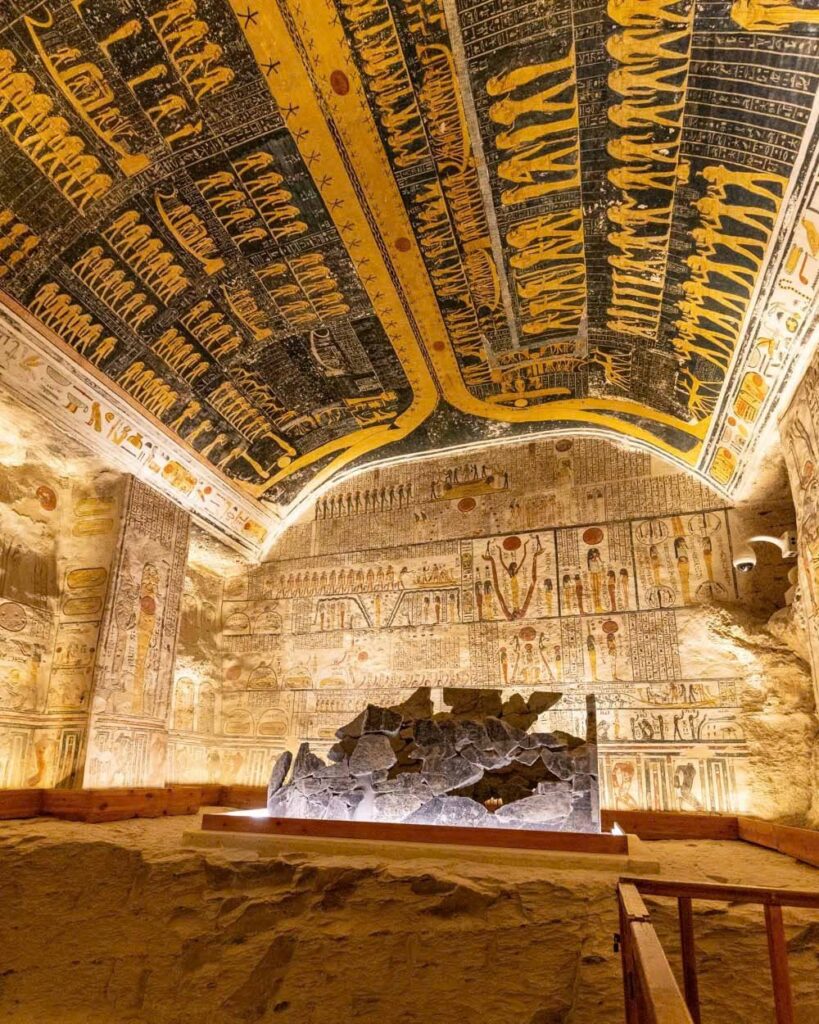
One of the tomb’s most intriguing aspects is a passage that descends even deeper from the burial chamber floor. This architectural choice is believed to symbolically connect the tomb with the regenerative powers of the underworld, adding another layer of mystique to this already fascinating structure.
A Lasting Legacy

The tomb of Seti I has captivated imaginations for centuries. In 1821, painted recreations of several rooms were exhibited in London’s Egyptian Hall, marking one of the first instances where ancient Egyptian art and architecture captured widespread public attention. Today, the tomb continues to stand as a testament to the ingenuity, artistry, and spiritual depth of ancient Egyptian civilization.
